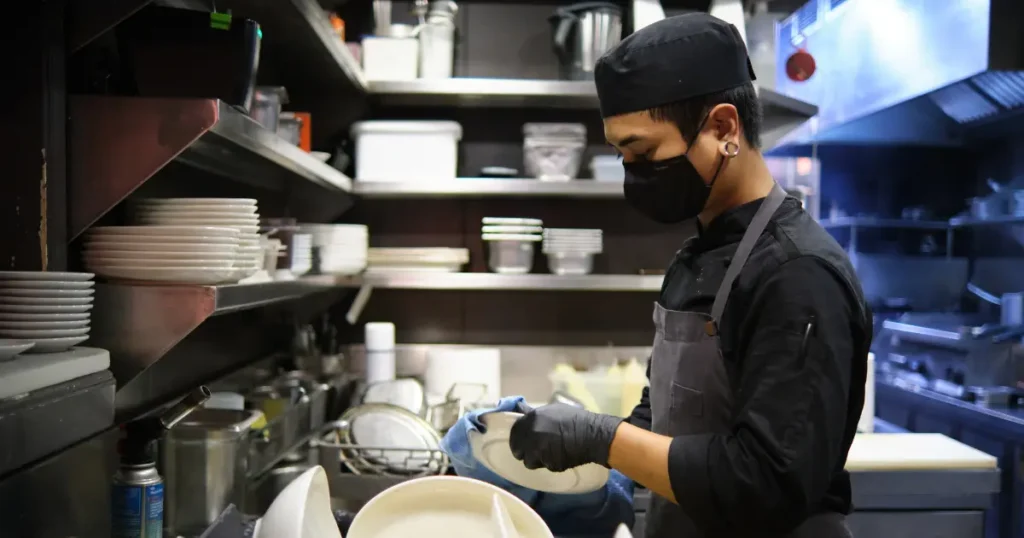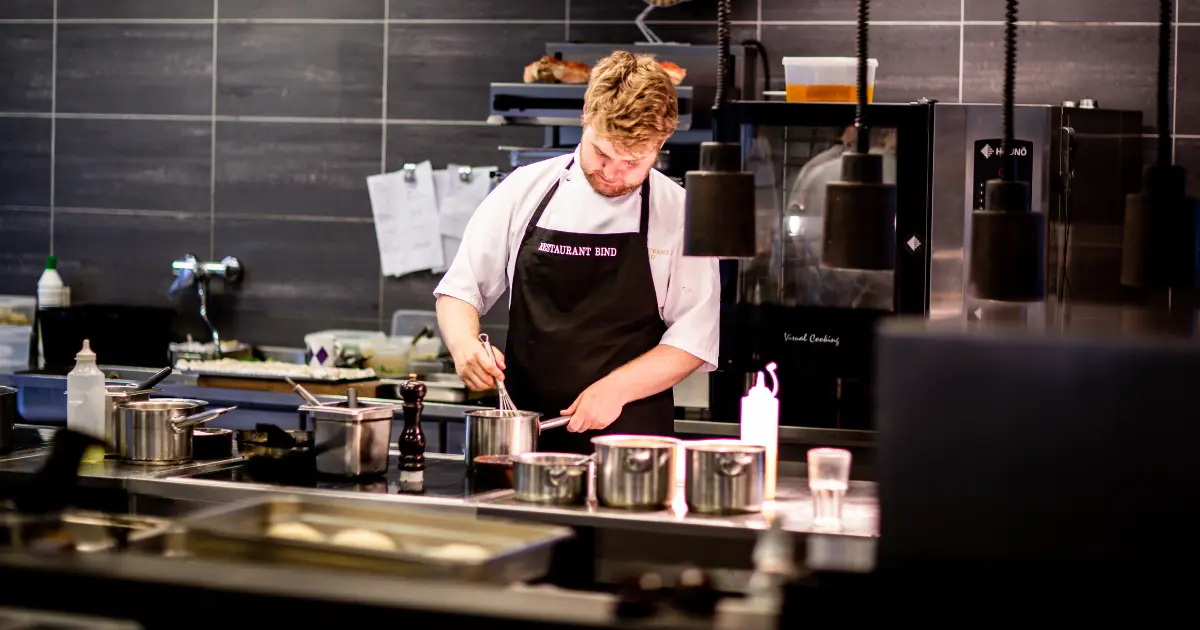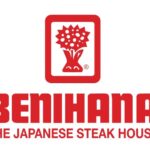When it comes to outfitting a kitchen, the choices for equipment can be overwhelming. Whether you’re setting up a new restaurant or upgrading your existing kitchen, the right equipment is the foundation for efficiency and success. But how do you ensure that you’re making the best investment for your needs? Let’s explore the key factors to consider when purchasing your kitchen equipment.
1. Type of Equipment Based on Your Menu

Have you ever wondered why some kitchens run like clockwork while others struggle? It often boils down to the equipment being used. The type of food you plan to serve will dictate much of your equipment needs. If you’re running a bakery, you’ll need ovens, mixers, and proofers. A high-volume restaurant with fried items on the menu will likely need multiple deep fryers, while a café focusing on fresh produce might prioritise salad prep stations.
Consider your menu as the blueprint for your kitchen’s design. Start by analyzing each section of your menu and mapping out what tools are necessary to bring your culinary vision to life.
2. Space Optimization and Ergonomics
Picture this: it’s peak hour, and your staff is moving through the kitchen in perfect harmony. Now imagine the opposite—a cluttered space where bumping into colleagues is the norm. The layout of your kitchen is critical to its success.
Choosing equipment that fits well into your space without compromising functionality is essential. Are you working in a compact area? Space-saving, multi-functional equipment such as combi ovens or under-counter refrigerators can be a game-changer. In larger kitchens, zoning equipment into prep, cooking, and cleaning areas helps maintain a logical workflow, reducing movement and increasing efficiency.
The ergonomics of your equipment should also be considered. Does your staff have easy access to frequently used tools? Are the counters at the right height? Thoughtfully designed equipment can reduce the strain on your team, improving both productivity and workplace safety.
3. Energy Efficiency and Sustainability
In today’s world, energy efficiency isn’t just about cutting costs—though it certainly helps. It’s also about sustainability. Did you know that energy-efficient equipment can save up to 30% on utility bills? Investing in equipment with an Energy Star rating or other energy certifications can reduce your kitchen’s carbon footprint while lowering long-term operational costs.
Not sure where to start? Consider energy-efficient refrigerators and ovens, which are two of the biggest energy consumers in any kitchen. Additionally, look for equipment with eco-friendly features such as water-saving dishwashers or induction cooktops, which use less energy than traditional gas stoves.
4. Durability and Build Quality
How long do you expect your equipment to last? The durability of your kitchen equipment is a significant factor to consider. While it may be tempting to go for cheaper options, investing in high-quality, durable equipment can save you a lot of headaches in the long run.
Look for equipment made from sturdy materials like stainless steel, which is not only durable but also easy to clean. Consider the warranty period and maintenance costs as part of your purchase decision. After all, a small upfront investment in better equipment can prevent frequent breakdowns and costly repairs down the road.
5. Ease of Maintenance and Cleaning

Ever been caught in a situation where a piece of equipment breaks down just as service is about to begin? It’s every chef’s nightmare! That’s why ease of maintenance should be high on your list when purchasing kitchen equipment.
Choose equipment that is easy to disassemble for cleaning, has accessible parts for repair, and comes with clear maintenance instructions. A self-cleaning oven or an ice machine with a built-in sanitation cycle can save time and ensure compliance with health and safety standards.
Routine cleaning and maintenance extend the life of your equipment and help avoid unnecessary downtime, keeping your kitchen running smoothly even during the busiest times.
6. Budget and Financing Options
Are you torn between going all-in on top-tier equipment or cutting costs where you can? Budget is always a concern, but keep in mind that buying the cheapest option might cost you more in the long term. Strike a balance between affordability and quality.
Consider financing options or leasing if you’re working with a tight budget. Many equipment suppliers offer these alternatives, allowing you to get the tools you need without breaking the bank. Additionally, explore the possibility of buying gently used equipment from reputable sources, which can offer substantial savings without compromising on quality.
Setting Your Kitchen Up for Success
Choosing the right kitchen equipment involves more than just picking out shiny new gadgets. It requires thoughtful consideration of your menu, space, energy efficiency, durability, and budget. When all these factors align, your kitchen becomes a well-oiled machine, ready to deliver exceptional meals and memorable dining experiences.

Ready to take the next step in optimising your kitchen? At Kilowa Design, we specialise in helping businesses design kitchens that are not only functional but future-proof. Our team of expert commercial kitchen designers will work with you to create a space that meets your operational needs while keeping energy efficiency, ergonomics, and sustainability at the forefront.
Let’s build your kitchen for the future—contact Kilowa Design today!







